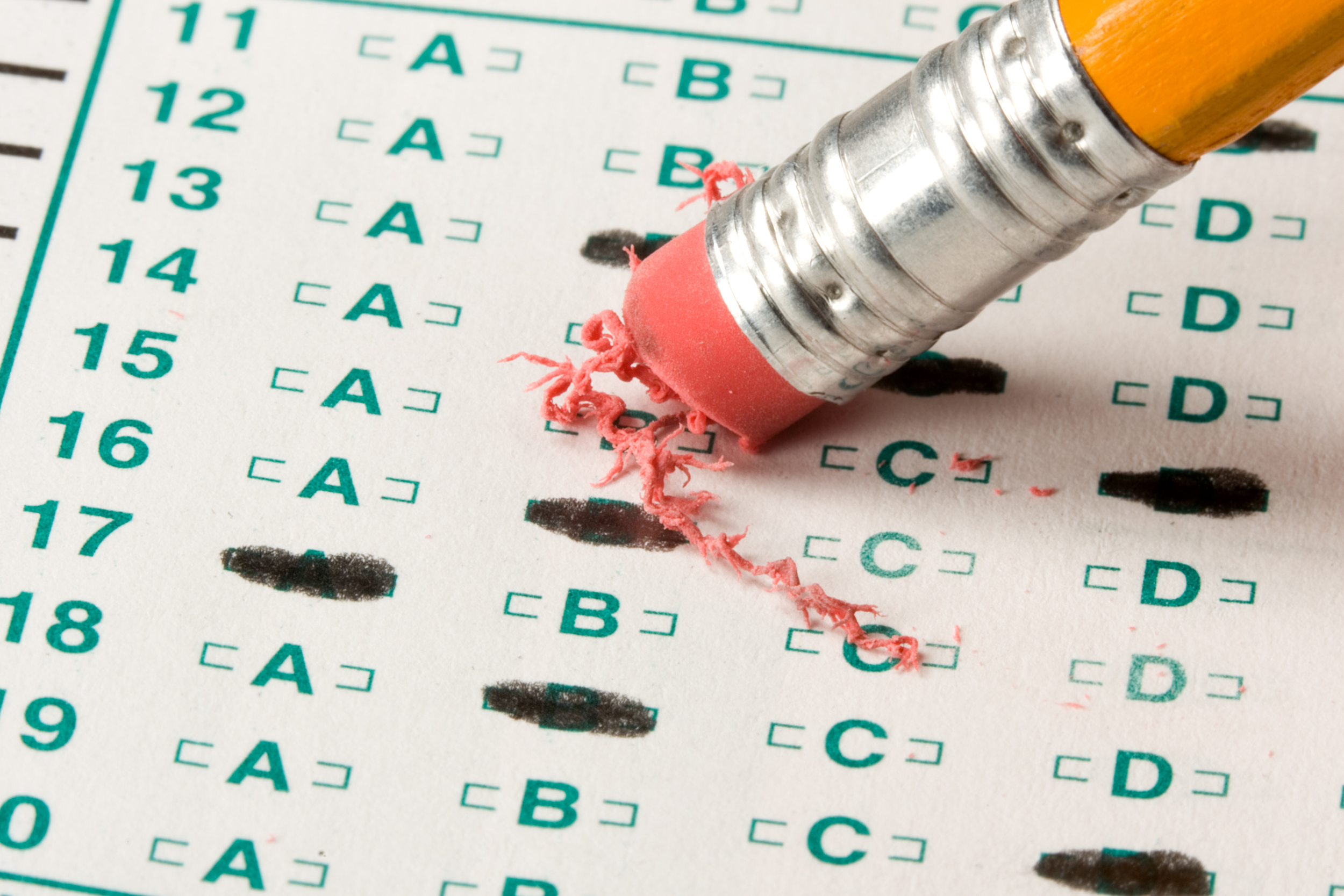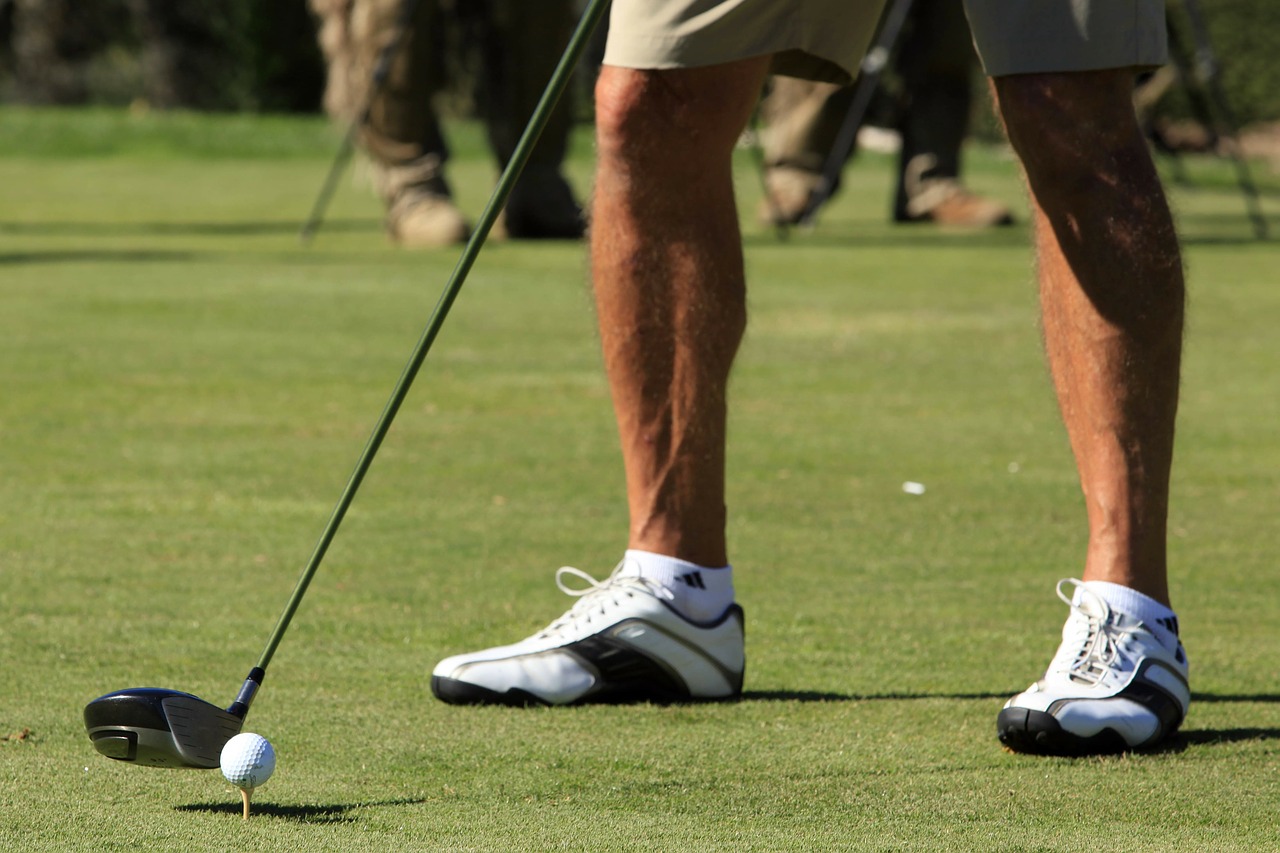"Drop and give me 50!"
Athletes, soldiers, police officers… all these groups understand that if you do something wrong – show up to practice late, talk back, slack off – you might hear that dreaded phrase. Pushups, running laps, and other strenuous activities are commonly used as punishments in these domains. But, given the current obesity epidemic, can we afford to let people associate punishment with physical activity? How could this strategy affect later motivation to exercise?
Punishment involves imposing an undesirable consequence to someone after a “bad” behavior in an effort to reduce the behavior. However, research tells us that punishment is pretty much across-the-board something to avoid if one really wants to reduce the frequency of a behavior. It leads to undesired consequences like learned helplessness and the avoiding of the SOURCE of the punishment. For example, a child who was spanked for bad behavior will now ADAPT such that they only engage in the behavior when the spanker is not present. Instead, psychologists promote the use of reinforcement. Read more on this here: https://www.psychologytoday.com/blog/feeling-our-way/201401/punishment-doesnt-work
What I’d really like to discuss is this idea that punishment via exercise might create an association between feelings of depression, disappointment, or anger with intense physical activity.
Professional Opinions
Professionals vary on their personal opinion on the issue. On one end of the spectrum, elite athletes should not feel discouraged as a result of exercise punishment, as they are already in such great shape. The exercise serves as a chance to improve while being responsible for their mistakes. Further, the idea of punishment in the military has been noted by some to be “motivating” and “a healthy challenge.”
Others claim that over time, as the competition starts to fade, all athletes are left with is the same type of exercise they only did as a punishment. That is, with the competitive basketball ending, all they're left to do are more push-ups and lap sprints – the exact kind of exercise they’d been trained to avoid. Still other sport psychology consultants claim that the exercise-related punishment has very little impact on an athlete’s later fitness, claiming that the bigger issue is that the exercise shifts from “training to win” to “training to stay fit,” a far less motivating outcome.
But perhaps the punishment depends on the “cause.” Are sprints more discouraging when presented as an individual punishment for being late to practice or as a group punishment for losing a game? My guess? A group punishment like that would foster anger, helplessness, and an environment of blame – definitely not ideal for an athletic team. Using the same reward or punishment for a group or team who have all individually engaged in different behaviors leading up to a loss makes no sense. Winning and losing are not behaviors.
For punishment to work, it is necessary that the individual is able to understand its connection to the right behavior. It is well known that punishment becomes less effective after a delay. Kids that get punished at home for a tantrum at the grocery store may not see the relationship between the unwanted behavior and the punishment. It is best to give punishments right after the behavior occurs and include an explanation of why the punishment is being imposed.
Nonetheless, punishment is still used, often as an attempt to provide “motivation.” After running multiple sprints, the last thing the athlete wants is to run another one due to being slow, so they attempt to run faster. In this situation, though, this coaching style could also be seen as negative reinforcement. A fast runner gets to stop running sooner, the upsetting situation gets taken away as a reward for performing well. Note how different this example is from, “Drop and give me 50!” in response to a late arrival to practice.
WHAT DOES THE RESEARCH SAY?
In the end, as with all of psychology, individuals assume that their personal experience is representative of a general rule of behavior, and this is often false. In fact, intuitions OFTEN lead us astray. But that is for another time. Regardless of anecdotal stories of punishment by physical activity, the research has time and time again stated that extrinsic rewards and punishments are insufficient at increasing an individual’s intrinsic motivation.
Rogers, Maslow, May, et al, Ryan and Deci (2000) (Self-Determination Theory) present a strong case for the belief that humans are intrinsically motivated and that extrinsic rewards and punishments actually demotivate a person. A book by Deci cites abundant studies supporting this idea.
“The Competitive Ethos and Democratic Education” by J. Nichols in 1989 demonstrates that a mastery motivation leads to greater persistence of training efforts when external rewards are scarce than an ego motivation. Coach administered rewards and punishments for winning and losing, thus, would seem to undermine mastery, intrinsic motivation, and self-determination.
Behavioral reinforcement has been studied extensively for over one hundred years since Edward L Thorndike first introduced the Law of Effect in 1905: “responses that produce a satisfying effect in a particular situation become more likely to occur again in that situation, and responses that produce a discomforting effect become less likely to occur again in that situation."
NASPE Statement
The conversation is fascinating, but in the end we must look to research for evidence of what works. In fact, the National Association for Sport and Physical Education (NASPE) created a position statement to address this issue that reads: “Administering or withholding physical activity as a form of punishment and/or behavior management is an inappropriate practice… The core issue is that administering or withdrawing physical activity as punishment is inappropriate and constitutes an unsound education practice” and finally, “the absence of support for using physical activity as punishment renders its use by a teacher or coach indefensible, from a legal liability standpoint.”
Wow. These statements are incredibly strong and do, indeed, discourage the use of physical activity (or the removal of physical activity) as any sort of punishment.
This NASPE position statement further informs its readers that the National Standards for Sport Coaches (2006) also specifically states, “…coaches should ‘never use physical activity or peer pressure as a means of disciplining athlete behavior’ (NASPE, 2005, p. 17).
I wonder how many coaches follow that guidance! Nonetheless, we can all start following the evidence right away and STOP USING PHYSICAL ACTIVITY AS PUNISHMENT.
Until next time…
Lauren Becker
Carolina Performance Intern
Master's Student in Sport & Exercise Psychology
University of North Carolina, Greensboro







